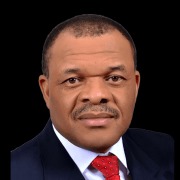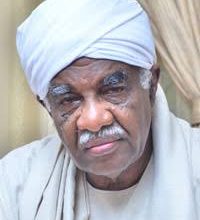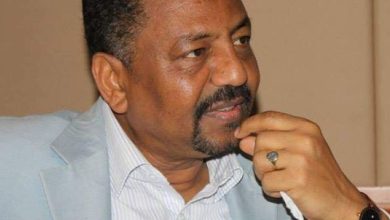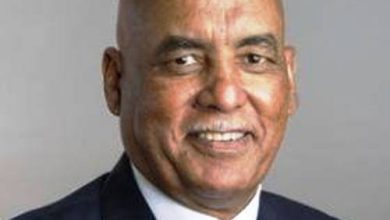Anatomy of Revolution : A Reading into Paths and Consequences of Sudanese Revolution (3)
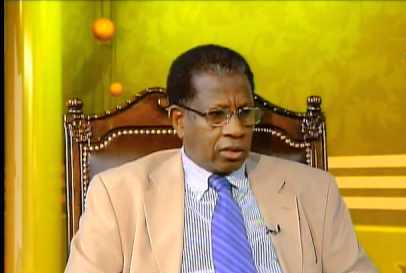
By: Al-Tijani Abdul Qader Hamed
Revolutionary youth…a Leading Vanguard or a Subordinate Tool?
There has been a long-standing question among political and social scholars: Which group has the most influence in making history? Is it a “chosen people” as the extremist Jews imagined, for example, or is it a “selected class” as the Marxists imagined? Or is it not a group that moves history, but rather a supernatural, charismatic personality who can move groups and create revolutions? Professor Al-Mazroui, may God have mercy on him, an in-depth encyclopedic researcher, was one of those who looked into this and that, then he turned away from both of them and concluded by saying that the most appropriate concept for this era is the concept of the “selected age group,” as the younger generation may be destined to lead this era, it plays an important role in human destiny. He lists a number of historical events in the Third World that point in this direction: Ethiopia in 1974, where students overthrew the old ruling family, and in Iran, in 1979, students contributed to the overthrow of the Shah’s regime, and in Sudan, youth demonstrated in 1985 and overthrew the Numeiri government, and in Palestine, youth staged the 1987 uprising against the Israeli occupation, and in China, the youth achieved their uprising in 1989. (To this can be added all the Arab Spring revolutions that Al-Mazrouei did not witness). In all of these cases, Al-Mazrouei notes that the youth have played a fundamental vanguard role, not as a chosen people, a chosen race, or a chosen class, but rather as a chosen age group.
But, Professor Al-Mazrouei continues, we should remember that young people in some of these cases were playing vanguard roles, but they were “instrumental” and not essential. When they play these “instrumental” roles, they are implementing a plan drawn up by others. For example, in the 1960s, Chinese students played a major role in implementing Mao Zedong’s Cultural Revolution, but the plan was not theirs; They were an instrument implementing policies set by others. In 1989, the situation changed, as Chinese youth rose up in Beijing and tried to play a fundamental, not instrumental, vanguard role, as was the case in the Cultural Revolution created by the Communist Party. In this way, it can also be said that the Palestinian youth who carried out the Intifada (Uprising) in the 1980s were not tools, but rather they were performing a fundamental vanguard role, qualitatively different from the role of the Palestine Liberation Organization, from which the initiative was taken away. The difference between one youth revolution and another does not lie in the number of young people demonstrating, but rather in whether the youth are mobilized or mobilizers, led or leading.
The concept of the leading vanguard
The question then, in the case of the current Sudanese revolution, is whether the revolutionary youth play an “instrumental” role; That is, are they implementing a plan drawn up by others, or are they acting on their own behalf, and thus representing a “leading vanguard” trying to play a fundamental role in isolation from the older generation? If the answer is that they are acting on their own behalf, then the revolution will continue, find new frameworks, create alternative leaders, and create paths independent of the current party paths. But then it will have to shift from the street and the slogan to the program and construction. That is, to shape a comprehensive national vision that moves within its framework, to reveal the image of the new society that you dream of, to formulate the alternative strategy through which you hope the new society will be achieved, and to present the alternative revolutionary leadership capable of making history.
But if the answer to this question is that the youth are in fact implementing plans drawn up by others, then the air will be taken out of their sails, and the momentum of the revolution will then sooner or later be framed within familiar party frameworks. This is not far off, as many researchers have noted that the “revolution” is nothing more than a rapid and sudden process through which the elites are “rotated,” whereby political bottlenecks and legal barriers are removed so that the “lurking” elites set out to occupy the positions vacated by the defeat of the ruling elites. There is no doubt that, during this revolutionary process, creative energies will explode that can be exploited in construction and reconstruction, and they can also be squandered or exploited by categories of new elites just to maintain their acquired positions, and then begin to erect their own barriers and bottlenecks. This is until counter-elites rise up and seize power from them, so that the uninterrupted cycle of political conflict continues.
In my opinion, a revolution, any revolution, is similar to a water current that descends forcefully from mountain heights, but the “strong surge” alone does not transform into electrical energy useful for reconstruction. Such a sloping current requires a type of “turbine” that converts its powerful movement into electrical energy that launches production and construction processes. The missing turbines in the case of the Sudanese revolution are represented by the lack of “operational” power on the ground, that is, the lack of honest leadership, with a comprehensive national vision, capable of planning and implementation, devoid of purpose and looking to the future. If the Sudanese revolution is unable to produce new leadership “turbines” that shape its revolutionary vision and speak in its name, it will fall into the clutches of the old partisan “turbines” that have accumulated silt and weeds gathered around them, and will no longer succeed except in revolving themselves. The upcoming march on June 30 may reveal whether the revolutionary Sudanese youth represent a leading vanguard or a tool in the hands of others.
To be continued
June 26, 2020
